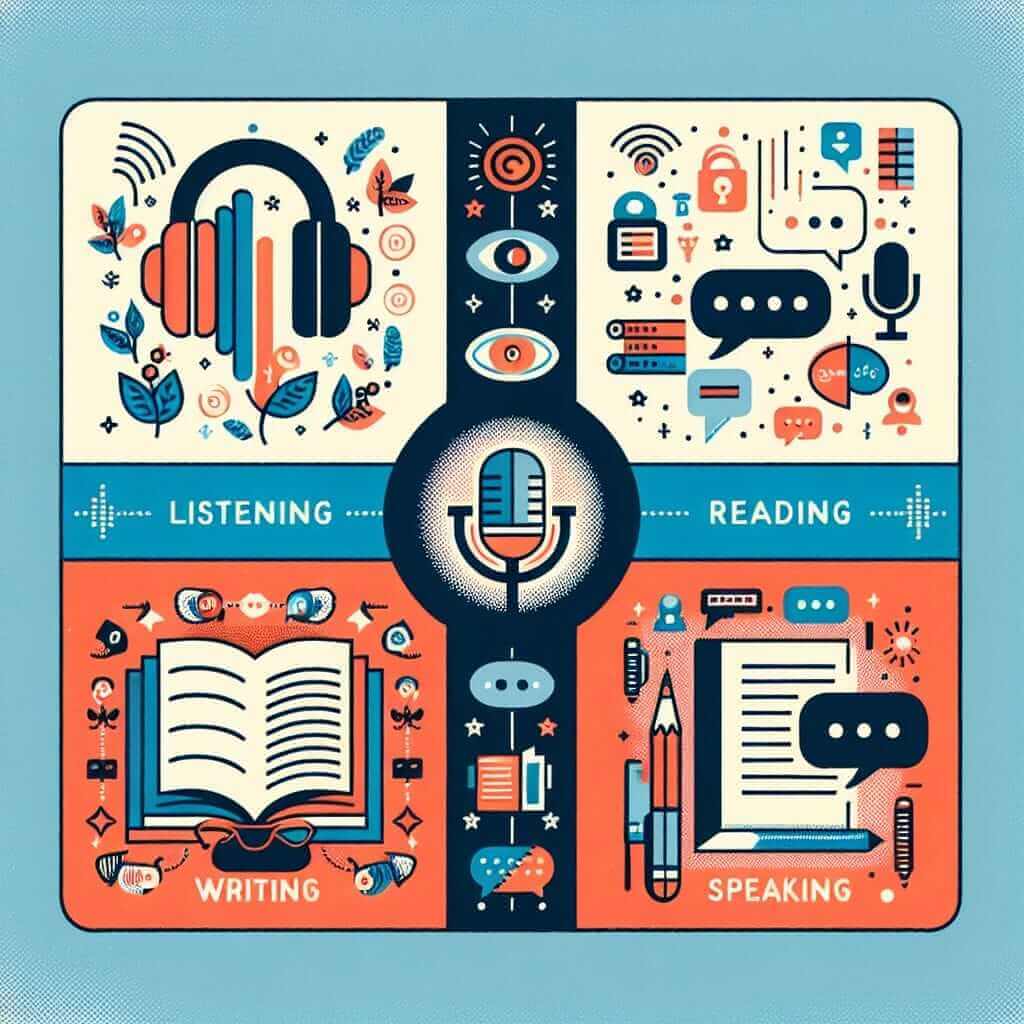Embarking on your IELTS journey can feel like stepping into a new world, especially as a beginner. The acronym itself – International English Language Testing System – might seem intimidating! But fear not, aspiring English speaker. This comprehensive guide is crafted from over 20 years of experience helping students just like you achieve their IELTS dreams. Let’s demystify the process and set you on the path to success.
Understanding the IELTS Challenge: Why is it Important?
Before diving into the “how-to’s,” let’s clarify why mastering IELTS is a game-changer. IELTS is your passport to English-speaking opportunities, whether it’s:
- Higher Education: Many universities worldwide, especially in countries like the UK, Australia, Canada, and New Zealand, require a specific IELTS score for admission.
- Immigration: Want to live and work in an English-speaking country? IELTS often plays a crucial role in visa applications.
- Professional Recognition: Certain professions demand proof of English proficiency, and IELTS certification can give you a competitive edge.
Essentially, a strong IELTS score opens doors to a wider world.
Mastering IELTS for Beginners: A Strategic Approach
Now, let’s break down the journey into manageable steps:
1. Know Your Battlefield: The IELTS Test Format
IELTS comes in two formats: Academic and General Training. Choose the one that aligns with your goals. Both formats assess your skills in four modules:
- Listening: This section tests your ability to understand spoken English in various contexts.
- Reading: You’ll be assessed on your comprehension of academic or general texts.
- Writing: This module requires you to write essays, reports, or letters depending on the format you choose.
- Speaking: Get ready to showcase your spoken English fluency and coherence in a face-to-face interview.
Familiarize yourself with the specific requirements and time limits of each module.

2. Build a Solid Foundation: Essential English Skills
Think of your English skills as the building blocks of your IELTS success. Focus on these core areas:
- Vocabulary: Expand your vocabulary actively. Use flashcards, read widely, and learn words in context.
- Grammar: A strong grammatical foundation is essential for clear and accurate communication. Review tenses, sentence structures, and common grammatical errors.
- Pronunciation: Work on your pronunciation to ensure you’re easily understood. Pay attention to individual sounds, stress, and intonation.
- Fluency and Coherence: Practice speaking and writing English regularly. The more you practice, the more fluent and coherent you’ll become.
3. Embrace Practice Tests: Your Secret Weapon
Practice tests are invaluable for several reasons:
- Experience: They simulate the actual test environment, helping you manage time and reduce anxiety on exam day.
- Identifying Weaknesses: Analyze your performance to pinpoint areas that need improvement.
- Tracking Progress: Regular practice tests allow you to monitor your progress and build confidence.
Numerous online resources and books offer authentic IELTS practice materials.
Example: Tackling the IELTS Speaking Module
Let’s dive deeper into one module: Speaking. This section often causes anxiety, but with the right approach, you can excel.
1. Understand the Format:
The Speaking test is a 11-14 minute conversation with a certified examiner. It has three parts:
- Part 1: Introduction & Interview (4-5 minutes): You’ll answer general questions about yourself, your interests, and familiar topics.
- Part 2: Individual Long Turn (3-4 minutes): You’ll receive a topic card and have one minute to prepare a 1-2 minute speech.
- Part 3: Two-way Discussion (4-5 minutes): You’ll engage in a deeper discussion related to the topic in Part 2.
2. Practice, Practice, Practice!
The key to acing the Speaking test is practice:
- Speak English Daily: Engage in conversations with English speakers whenever possible.
- Record Yourself: Listen back to identify areas for improvement in pronunciation, fluency, and grammar.
- Practice with a Partner: Simulate test conditions by taking turns being the examiner and the candidate.
3. Don’t Memorize Answers:
Examiners can spot memorized responses. Focus on communicating your ideas naturally and spontaneously.
4. Expand Your Vocabulary:
Use a wide range of vocabulary to demonstrate your language proficiency. However, prioritize clarity and accuracy over using complex words you’re unsure of.
5. Be Confident and Engage:
Approach the interview with a positive attitude. Maintain eye contact, use appropriate body language, and show genuine interest in the conversation.
Conclusion: Your IELTS Journey Starts Now
Remember, achieving your desired IELTS score is a marathon, not a sprint. It requires dedication, consistent effort, and the right strategies. By following this guide, embracing practice, and seeking support when needed, you’ll be well on your way to conquering the IELTS and unlocking a world of opportunities. Good luck!